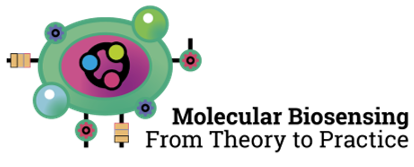Speaker
Description
Nitric oxide (NO) is a crucial molecule for the function of the vascular system. NO releasing compounds are widely used for researching the effects of NO as well as therapies of cardiovascular and skin disorders. The amount of NO released is the conclusive element for wanted effects and because of this, Ruthenium-terpyridine is a very important compound as it is possible to change concentration of NO release with L2 ligand site. The derivative HE-10, a ruthenium (II) nitrosyl-complex incorporating 4′-phenyl-terpyridine and o-benzoquinone diimine (Ru(ptp)(o-bqdi)NO3), is a newly synthesized photoinducible NO releaser. We aimed to investigate the cytotoxic and prooxidant effects likely related to NO release induced from HE-10 with white LED light stimulation in the VH10 fibroblasts.
Our findings indicate that cytotoxicity of HE-10 was increased by exposure to white LED light, as confirmed by lower IC50 value obtained from the HE-treated light-exposed cells compared to the unexposed ones. Cytotoxicity followed by increased intracellular ROS/RNS production, G2/M cell cycle arrest and protein nitration, depending on both, light exposure and concentration. Moreover, light-exposure- enhanced toxic effect of HE-10 on VH10 cells was most likely to be NO-dependent as confirmed by the induced NO2- release in the medium, intracellular oxidation of H2DCF-DA probe sensitive to ROS and RNS in fibroblasts, and increased protein nitration levels. Cell cycle analysis showed that HE-10 decreased cell proliferation and antiproliferative effect was enhanced with light exposure. Our findings indicate that HE-10 is capable of selective cytotoxicity induced by light exposure through releasing NO.

